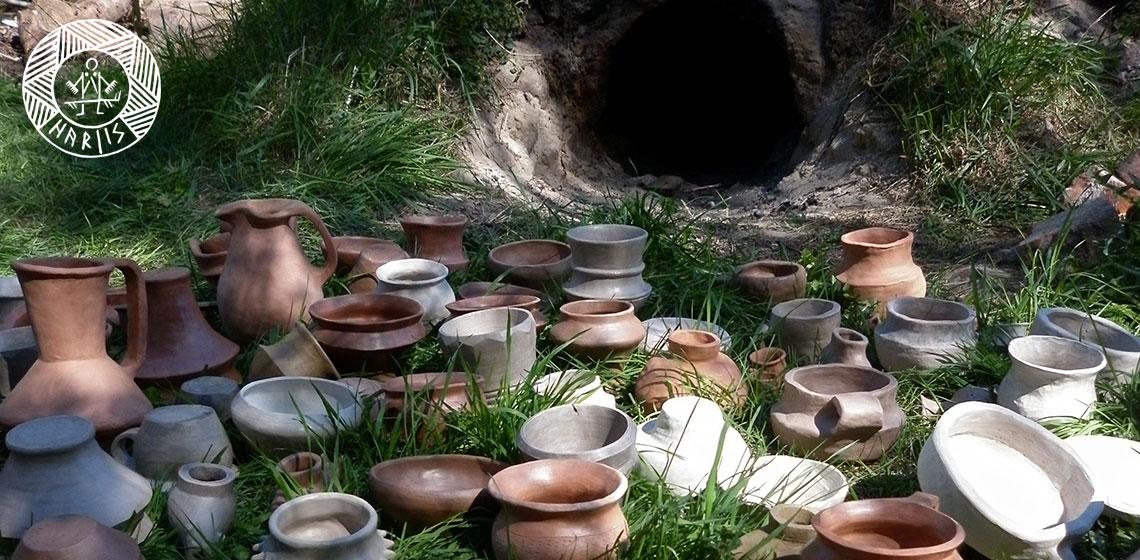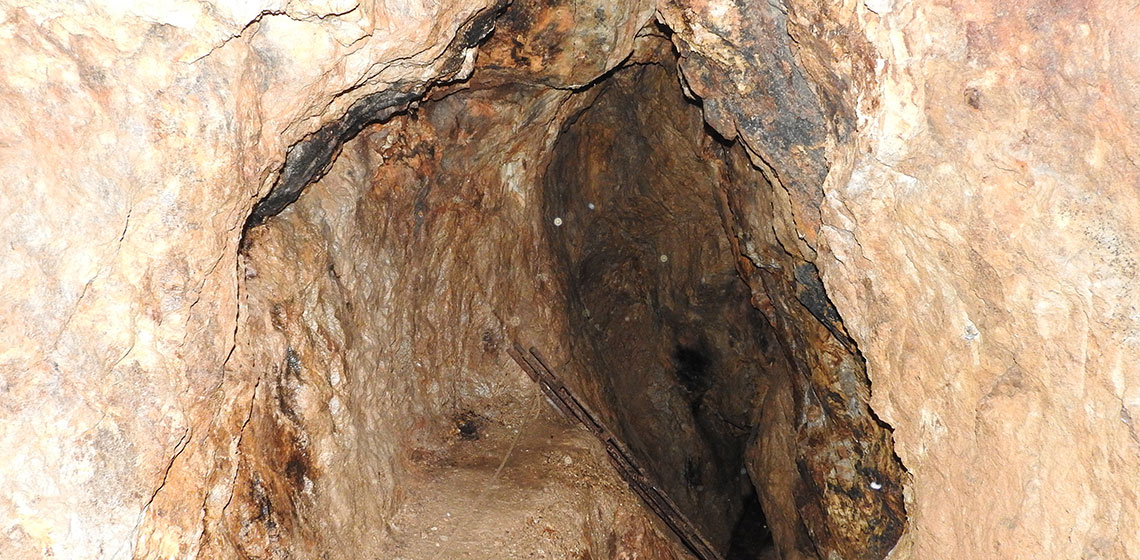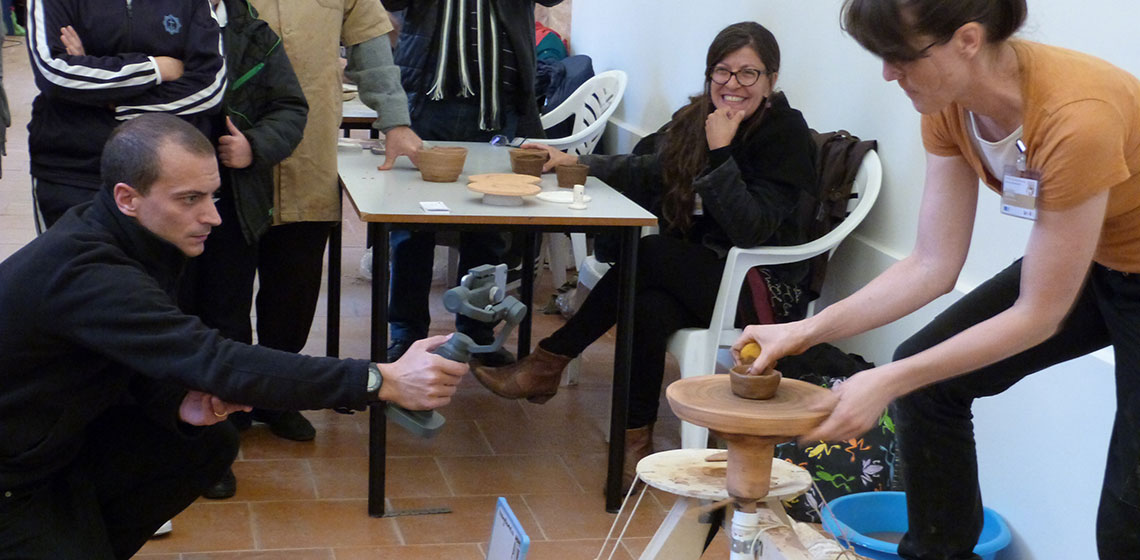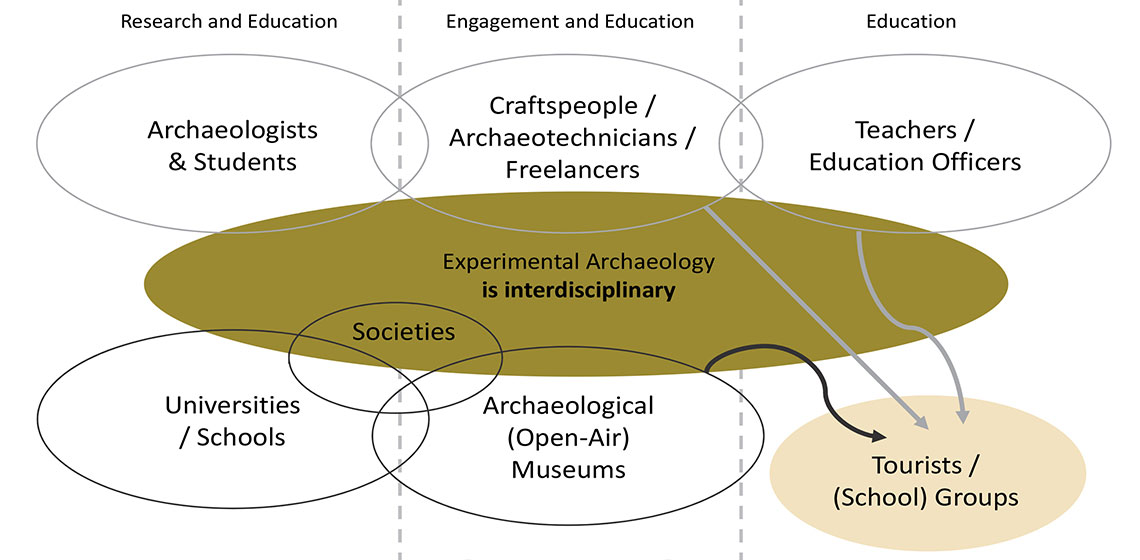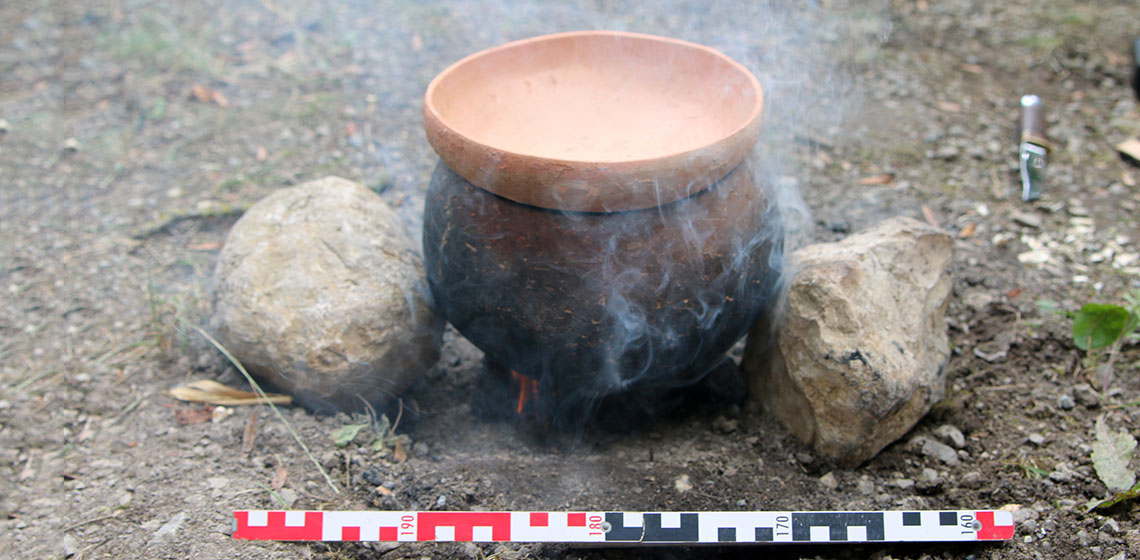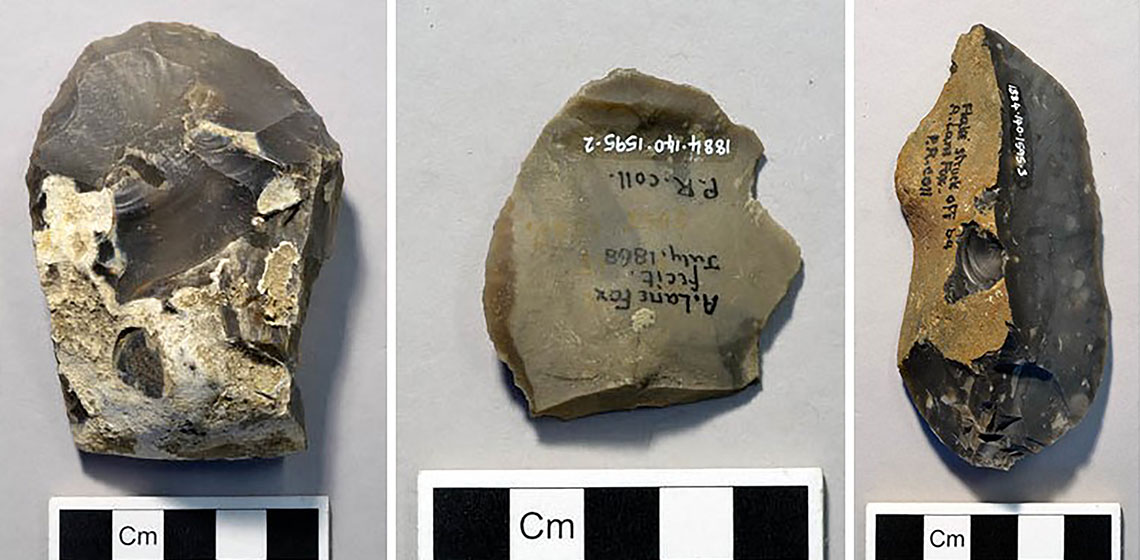Experimental Archaeology
The Society of Experimental Archaeology „Harjis” (PL)
The Society of Experimental Archaeology „Harjis” runs a project that aims to recreate outfit, weaponry and realities of the Przeworsk Culture, that is, people living in the first centuries of our era in the territory of present-day Poland. We began popularisation of historical knowledge about the Barbarian Europe in 2007. In our first active years we focused mainly on popularisation of archaeology.
For the last three years the primary direction of our activities concentrated on widely understood experimental archaeology. Thanks to this attitude we have gained the official patronage of the Institute of Archaeology of the University of Lodz. In addition to the popularisation, we put special emphasis on scientific activity. We try to publish the results of our experiments regularly in scientific journals.
The Variation of Elastic Modulus and Changes of Structures and Mineral Phases in Rocks as Parameters for the Identification of Fire-Setting in Ancient Mines
CRAFTER: Potting Techniques of the Bronze Age
Experimental Archaeology: Who Does It, What Is the Use?
Vegetable Plaiting Materials from the Site of Abu Tbeirah (Southern Iraq, Third Millennium BC): Experimental Approach
The Question of Fuel for Cooking in Ancient Egypt and Sudan
Early Efforts in Experimental Archaeology: Examples from Evans, Pitt-Rivers, and Abbott
Universitat Autónoma de Barcelona (ES)
Though only less more than 50 years old, the Universitat Autónoma de Barcelona (UAB) has already consolidated itself amongst the 200 best universities in the world within the main university rankings and is located within the top 10 new universities with greatest international projection and prestige.
Moravian College (US)
We were founded on a revolutionary idea - that learning should be eye opening, heart racing, game changing and--most important--fun. When John Amos Comenius, a Moravian bishop, came up with that little theory all the way back in the 1600s, he probably didn't expect to have such a big impact. Turns out, we still agree with his philosophy. And we believe our students, like Comenius, can be a little revolutionary. They, too, can turn something seemingly small into something amazing, unimaginable, and bigger than themselves.
Moravian traces its origin to a girls' school founded in May 1742 by sixteen-year-old Countess Benigna von Zinzendorf. Benigna von Zinzendorf's school was the first girls' boarding school in America. It gained such a distinguished reputation that George Washington, during his second term as president of the United States, personally petitioned the headmaster for the admission of two of his great-nieces. The Bethlehem Female Seminary, as the school became known, was chartered to grant baccalaureate degrees in 1863, and in 1913 became Moravian Seminary and College for Women.

